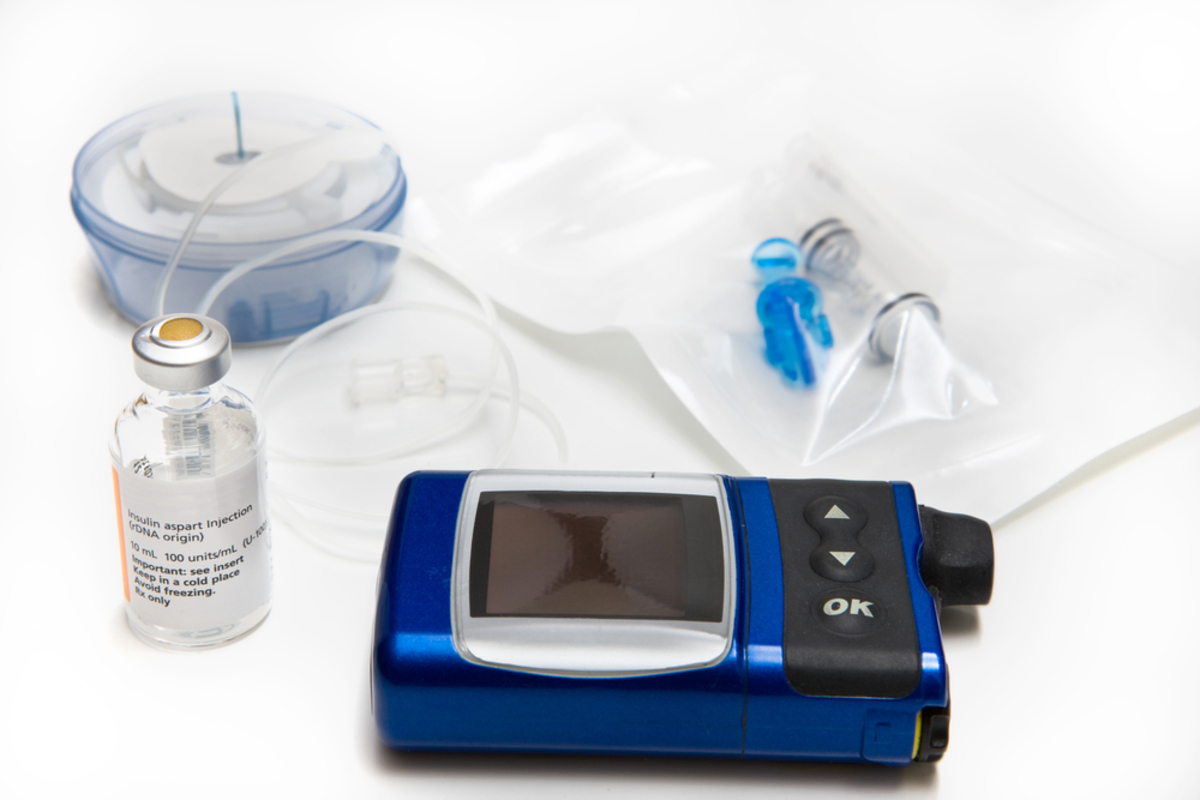Exploring the Microfluidics Market: Trends, Growth, and Innovations

Strong 8k brings an ultra-HD IPTV experience to your living room and your pocket.
The Microfluidics Market has emerged as a critical segment within the healthcare and biotechnology industries, revolutionizing diagnostics, drug delivery, and biological research. Valued at approximately USD 25 billion in 2023, the market is projected to grow to USD 45 billion by 2030, exhibiting a CAGR of 9.5% during the forecast period. This blog delves into the core components of the microfluidics market, highlighting its applications, key players, emerging trends, and future opportunities.
What is Microfluidics?
Microfluidics refers to the science and technology of manipulating small volumes of fluids, typically in the microliter to picoliter range, using channels with dimensions in the micrometer scale. By integrating biology, chemistry, physics, and engineering, microfluidics enables high-throughput analysis and precise control of fluids, making it indispensable for diagnostics, drug development, and even consumer electronics.
Key Applications of Microfluidics
Diagnostics: Microfluidic devices have transformed diagnostic testing, enabling point-of-care (POC) testing with high accuracy. Technologies like lab-on-a-chip allow rapid analysis of blood, saliva, and urine, detecting diseases such as diabetes, cancer, and infectious diseases like COVID-19.
Drug Delivery: Microfluidics offers precision in delivering medications at the cellular level. This has proven effective in cancer therapies and targeted drug delivery systems, minimizing side effects and improving treatment outcomes.
Biomedical Research: By providing a controlled environment, microfluidic platforms facilitate cell culture, single-cell analysis, and genomic research, driving advancements in personalized medicine.
Food and Environmental Testing: Microfluidics is increasingly used to detect contaminants in food and water, ensuring safety and compliance with regulatory standards.
Cosmetics and Consumer Electronics: The adoption of microfluidics in cosmetics for product formulation and in consumer electronics for inkjet printing is gaining traction.
Key Market Segments
The microfluidics market is segmented by:
Material:
Polymers: Dominant due to low cost and ease of fabrication.
Glass and Silicon: Preferred for applications requiring chemical stability and precision.
Paper-based Microfluidics: Emerging for low-cost diagnostics in resource-limited settings.
Application:
Diagnostics
Drug Delivery
Research and Development
Others (food safety, environmental testing)
Region:
North America: Leading market due to advanced healthcare infrastructure.
Europe: Significant contributor with a focus on innovation.
Asia-Pacific: Fastest-growing region driven by increasing healthcare expenditure and manufacturing capabilities.
Technological Innovations Driving Growth
Lab-on-a-Chip (LOC): Lab-on-a-chip systems integrate multiple laboratory functions on a single chip, enabling high-throughput and cost-effective analyses. These devices are particularly transformative in infectious disease diagnostics, making testing accessible and scalable.
3D Printing in Microfluidics: The adoption of 3D printing has simplified the fabrication of complex microfluidic devices, reducing costs and enabling rapid prototyping.
Organ-on-a-Chip: This groundbreaking technology replicates human organ systems on microfluidic platforms, allowing researchers to study drug interactions and diseases without relying on animal models.
Sustainable Materials: As sustainability becomes a priority, the development of biodegradable materials for microfluidic devices is gaining momentum, particularly for single-use diagnostics.
Automation and AI Integration: The integration of AI with microfluidics enhances data analysis, enabling real-time decision-making in diagnostics and drug development.
Impact of COVID-19 on the Microfluidics Market
The COVID-19 pandemic accelerated the adoption of microfluidic technologies, especially in the diagnostics segment. Microfluidic-based rapid test kits became essential for mass testing, with companies leveraging their platforms for COVID-19 detection and monitoring. The crisis also underscored the importance of scalable, decentralized testing solutions, pushing innovation and investment in this field.
Key Players in the Market
The microfluidics market is highly competitive, with established players and startups driving innovation. Some key players include:
Danaher Corporation
Offers advanced microfluidic solutions for diagnostics and drug development.
Thermo Fisher Scientific
A leader in lab-on-a-chip technologies and consumables.
PerkinElmer
Specializes in microfluidics for genomic and proteomic research.
Agilent Technologies
Known for its microfluidic tools in life sciences research.
Bio-Rad Laboratories
Focuses on microfluidics for molecular diagnostics.
Emerging startups like Fluidigm Corporation, Dolomite Microfluidics, and Micronit Microtechnologies are also making significant contributions to innovation in this space.
Challenges in the Microfluidics Market
High Development Costs: The initial cost of developing microfluidic devices remains a barrier for widespread adoption, especially in low-income regions.
Regulatory Hurdles: Stringent regulatory frameworks can delay product approvals, particularly for diagnostic devices.
Material Limitations: While polymers are widely used, they may not be suitable for all applications due to chemical incompatibility.
Lack of Standardization: The absence of standardized fabrication processes can lead to variability in device performance.
Future Opportunities
Personalized Medicine: As precision medicine gains traction, microfluidic devices will play a pivotal role in delivering personalized therapies and diagnostics.
Integration with IoT: The convergence of microfluidics with Internet of Things (IoT) technologies will enable real-time monitoring and remote diagnostics.
Expanding Applications: Beyond healthcare, microfluidics is poised to disrupt industries like agriculture (for soil testing), automotive (for fluid dynamics), and energy (for fuel cell development).
Emerging Markets: The growing healthcare infrastructure in regions like Asia-Pacific and Latin America offers significant opportunities for market expansion.
Market Trends and Insights
The shift towards home-based testing and telemedicine is driving the demand for microfluidic-based diagnostic devices.
Collaborations between biotech firms and academic institutions are accelerating R&D in microfluidics.
Governments and organizations are investing in the development of point-of-care diagnostic tools to combat future pandemics.
The focus on sustainable and reusable materials is reshaping the market, with companies aiming to reduce environmental impact.
Conclusion
The microfluidics market is at the forefront of innovation, bridging gaps in diagnostics, drug delivery, and biomedical research. With advancements in materials, automation, and integration with emerging technologies like AI and IoT, the potential of microfluidics is boundless. Despite challenges like high costs and regulatory complexities, the market's robust growth trajectory signals a transformative future for healthcare and beyond.
As the demand for precision, scalability, and cost-effectiveness continues to rise, microfluidics is set to redefine industries, making science more accessible and impactful. Whether it's diagnosing diseases in remote areas, delivering personalized cancer therapies, or ensuring the safety of our food and water, microfluidics holds the key to a smarter, healthier future.
Note: IndiBlogHub features both user-submitted and editorial content. We do not verify third-party contributions. Read our Disclaimer and Privacy Policyfor details.







